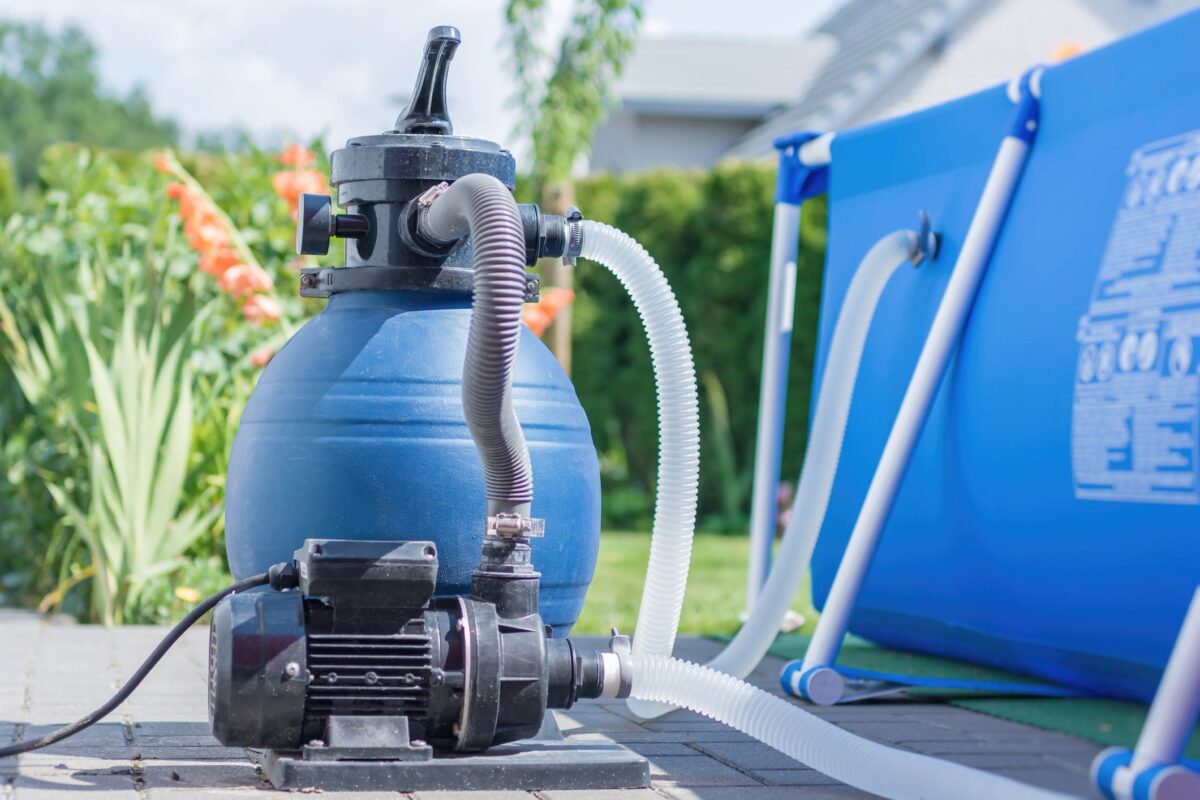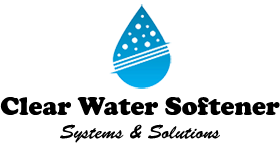You must maintain your pool to keep it in good condition, and you need time and money for that. However, you can reduce pool expenses by making some changes. So, learn how to make your pool energy-efficient and cost-saving at the same time.
Check Your Equipment
If you want your pool to be cost-saving and energy-efficient, you should check the pool pump first. Note that pool pumps use more energy than other pool parts. Pumps that have induction motors operate at different speeds, therefore, utilizing power to circulate water.
You can switch to Clear Water Softener & Solutions Flow and Variable Speed Pumps to cut energy consumption by 90 percent. These pumps adjust according to the required water flow needed.
You can save on pool expenses by using an energy-efficient pump. Note that other equipment also uses energy, such as lighting, filters, and heaters.
Below are some of the product upgrades you can do to help save energy, time, and money:
Filters

You need filters to maintain your pool. However, cleaning pool filters can drain your money and water resources. So, what should you look for in a filter to help save energy and money?
- Use cartridges that have large capacities. Large cartridges mean lesser cleanings and more trapping of dirt.
- Rinse your cartridges instead of backwashing them to reduce water usage every year.
- Use filters that reduce pump speeds and can work with smaller pumps to lessen energy use.
Spa and Pool Lighting

Having lights around your spa or pool can offer a relaxing and welcoming vibe. You can use LED lights to be energy-efficient. Compared to other lighting options, LED lights are not only energy-efficient but also durable. They can last longer, which means you do not need to replace them often.
Clear Water Softener Systems & Solutions offer LED lights for your spa or pool. Unlike other LED lights, these stay on regardless if one goes out.
Pool Automation
Another effective way to save on pool maintenance is using pool automation because it can help you with the following tasks:
- Setting and changing equipment schedules, accounting for pool usage changes, weather, and factors that influence overall performance.
- Ensuring pool equipment is not left running for long periods to reduce energy consumption.
- Controlling or managing systems to benefit from seasonable or off-peak utility rates.
- Adjusting equipment with the help of smart devices or wearables.
